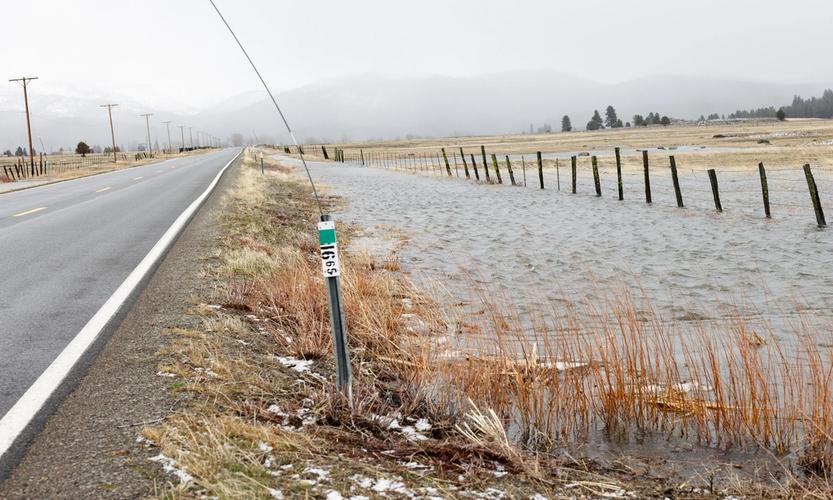North Yuba Landscape Resilience Project Moves Ahead
July 27, 2023
TAHOE NATIONAL FOREST —The North Yuba Landscape Resilience Project (NYLRP), which aims to promote forest health and prevent catastrophic forest fires, is finally ready to begin implementation after a planning stage that lasted nearly six years.
The project, headed by a group of 9 organizations called the North Yuba Forest Partnership, finally received a record of decision (ROD) on July 12th, completing the final stage of its required environmental impact statement. Eli Ilano, Forest Supervisor
of Tahoe National Forest, signed the ROD. The NYLRP can tap into $160 million of federal funding granted to the North Yuba Landscape as part of the Forest Service’s Wildfire Crisis Strategy, which it will use for a combination of controlled burns, thinning of smaller diameter trees, and
“mulching of green material in fine chips.” Thinning will be done on the ground mechanically and by hand. Aerial thinning will also take place with the use of helicopters and other devices. Controlled burns and forest thinning limit the fuel
needed for natural wildfires to become dangerous and difficult to contain. The NYLRP hopes to reduce the threat of fire-related disasters in the Tahoe National Forest and allow the forest to be controlled with more frequent, often naturally occurring,
lower-intensity fires. According to the final environmental impact statement, some of the most significant environmental issues the project will cause are related to air quality and wildlife. Controlled burns will create temporary smoky conditions, and logging will have a relatively
unknown effect on the local fish and wildlife. The Forest Service believes that the benefit of a healthier forest and reduced severe forest fire risk outweighs the downside of minor adverse environmental effects. As with most large government endeavors, the NYLRP will take decades to complete. The forest service stated in a press release, “The forest and partners will now begin implementing the 275,000-acre vegetation and fuels management project in the
North Yuba watershed over the next 15 to 20 years.” According to a posting by the South Yuba River Citizens League, a North Yuba Forest Partnership member, the project will target areas deemed most critical first, such as emergency response access
routes and at-risk communities. Tahoe National Forest Supervisor Eli Ilano (center) signed the North Yuba Landscape Resilience Project record of decision, California Community members and North Yuba Forest Partnership members commemorated the accomplishment.
Tahoe National Forest Supervisor Eli Ilano (center) signed the North Yuba Landscape Resilience Project record of decision, California Community members and North Yuba Forest Partnership members commemorated the accomplishment.
Featured Articles

FEMA Unveils Expanded Floodplain Maps for Sierra Valley →
November 4, 2025
FEMA’s new maps could require more Sierra Valley homeowners to purchase flood insurance.
Community Supports UPS Driver Garitt Cox in Board Presentation →
November 4, 2025
Fish & Wildlife Lethally Removes Sierra Valley Problem Wolves →
October 27, 2025
Plumas-Sierra CattleWomen Disband After 60 Years →
October 28, 2025
Exotic Animals Delight Downieville Students at Wild Things Assembly →
October 20, 2025